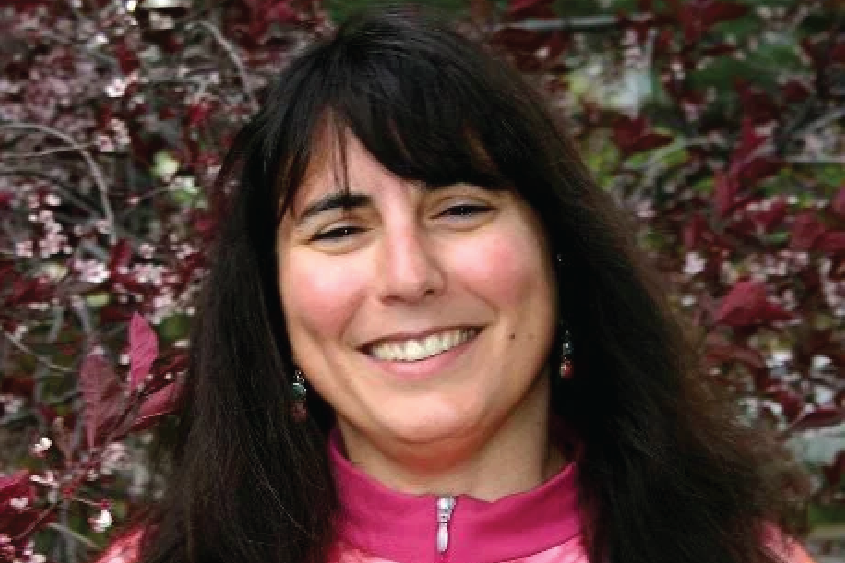Read the guest opinion from the Daily Camera by Sue Prant, the executive director of Community Cycles below.
“Bicycling is dangerous …”
Those were the first three words of Richard Kiefer’s Feb. 3rd guest opinion, “Bicyclists must take responsibility for safety,” in which he attempts to make the case that bicyclists are at fault for their own injuries and even death because of “bad bicyclist behavior.”
But those three words, like much of the rest of Mr. Kiefer’s opinion, are not supported by data. Bicycling is not inherently dangerous, as demonstrated by places like the Netherlands where cycling is both extremely popular and extremely safe. What makes bicycling, walking and driving far too dangerous in this country is nothing inherent in any of those activities, but the way we have designed our streets. At Community Cycles, we work every day to do something about it, not by victim blaming, but by working to make our community safer for everyone moving around our city and county.
Among the many flaws of Mr Kiefer’s opinion piece are the two studies he cites. One from 1977, which he quotes to suggest that most crashes are the fault of bicyclists, is based on long-debunked theories of traffic engineering and safety. Both articles are refuted by academic research from 2019 (http://tinyurl.com/bike-crash-types), which shows that in Boulder specifically, the four most common bicycle crash types are collisions with motor vehicles, most with the driver at fault.
The fact of the matter is that when bicyclists and pedestrians die, what usually kills them is other people driving cars. But on a deeper level, what kills them is street design that allows, even encourages, dangerous driving. As just one example, the recent death of a pedestrian at the intersection of Alpine and Broadway was, I believe, the result of street and traffic signal engineering that put cars and pedestrians in conflict by design. The pedestrian (and cyclist Magnus White last July) were using the roadways exactly as engineers intended when they were killed.
Our infrastructure dictates how people should or should not drive. For example, a wide-open road gives the driver tacit permission to go fast. A narrow, tree-lined street gives drivers the cues to drive more carefully because they don’t know what or whom to expect.
But anyone can make a mistake, whether they are cycling or driving. The Vision Zero approach, which has almost completely eliminated traffic-related deaths and serious injuries in cities such as Oslo and Helsinki, assumes that mistakes will happen, but that streets can be designed so that people are not seriously injured or killed when they do. In countries with advanced cycling infrastructure like the Netherlands, where helmet-free cycling is a widespread mode of transportation, the emphasis is placed on creating safe and protected spaces for cyclists. Dedicated bike lanes, separate from motorized traffic, are designed to minimize the risk of collisions with cars and reduce the incidence of crashes caused by driver error. In fact, the death rate for cyclists and pedestrians in the Netherlands in 2019 was just 3.3% of that in the U.S., according to a 2022 report in Bloomberg.
Safe cycling requires a partnership between cyclists and the infrastructure they use. In the absence of appropriate infrastructure, cyclists and drivers are forced to navigate through challenging and sometimes dangerous conditions, making it more likely that they will make mistakes or encounter hazards. Investing in safe streets and protected bike infrastructure not only saves lives but also encourages more people to choose to walk or bike, reducing traffic congestion and benefiting the planet.
In Boulder we have an opportunity to improve our transportation system by prioritizing protected bike lanes and infrastructure. By doing so, we can create an environment where cyclists can enjoy their rides safely, reduce crashes and promote cycling as a sustainable and healthy choice.
It is crucial that we resist Mr. Kiefer’s invitation to a divisive and unproductive game of blame and, instead, focus on improving our transportation infrastructure for the benefit of everyone. The data unambiguously shows that by investing in safe street design we can save lives and make walking and bicycling a more accessible and attractive option for everyone.

